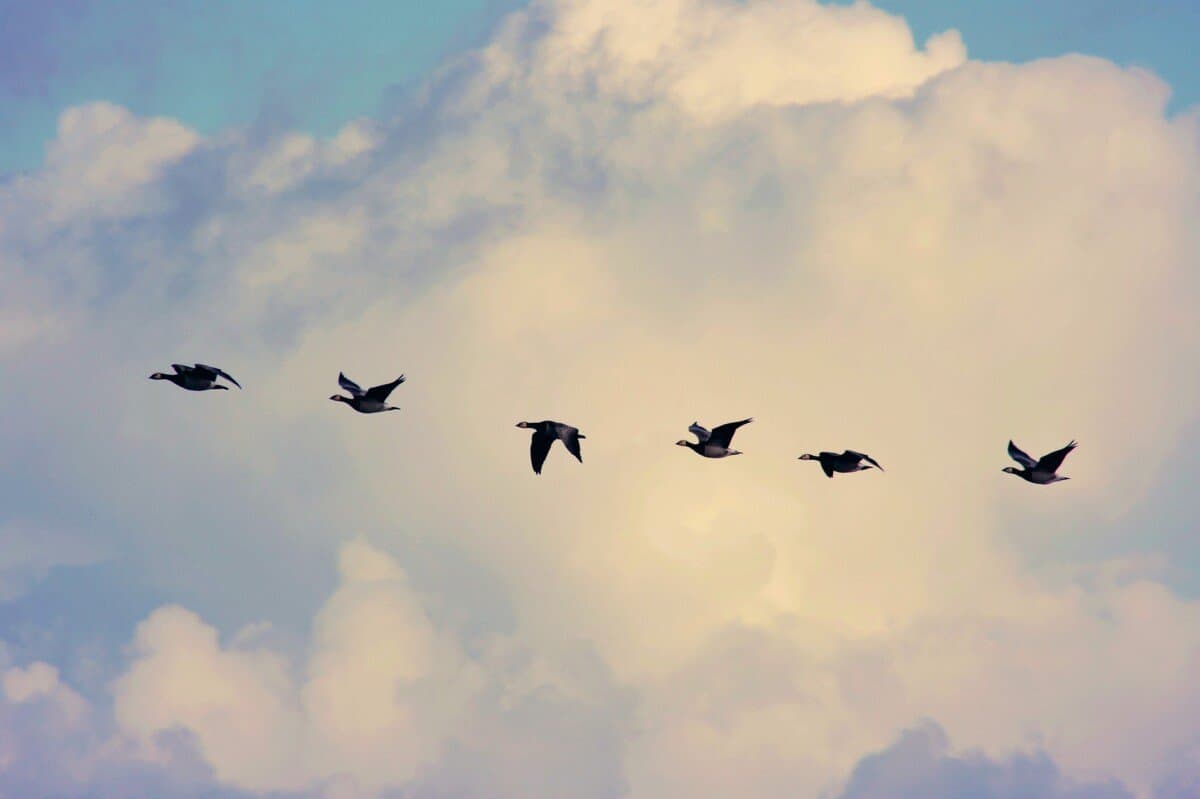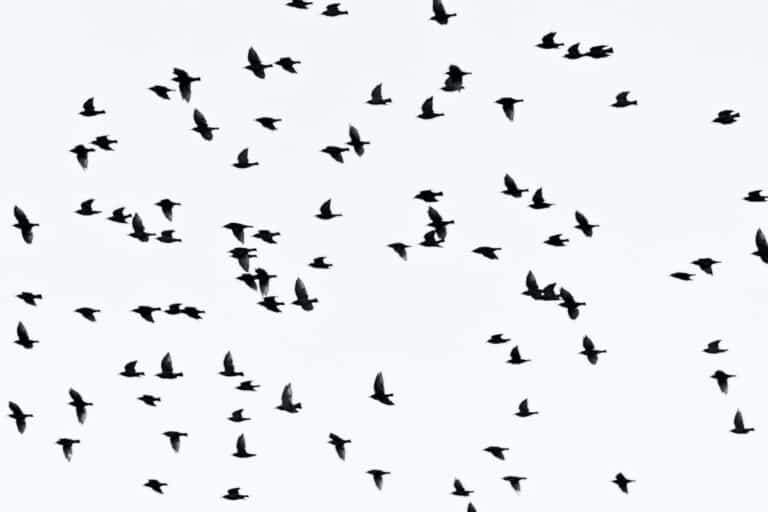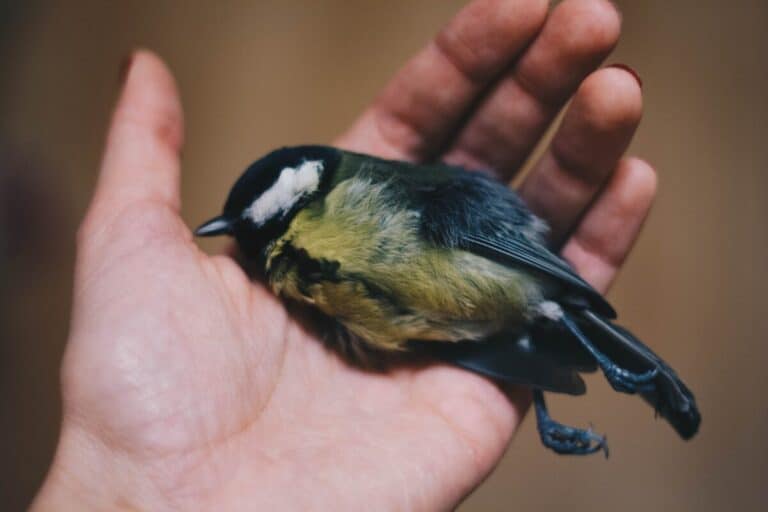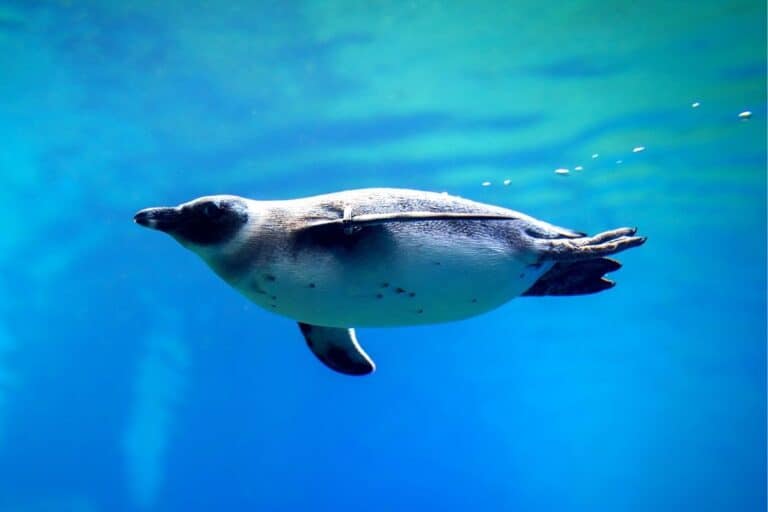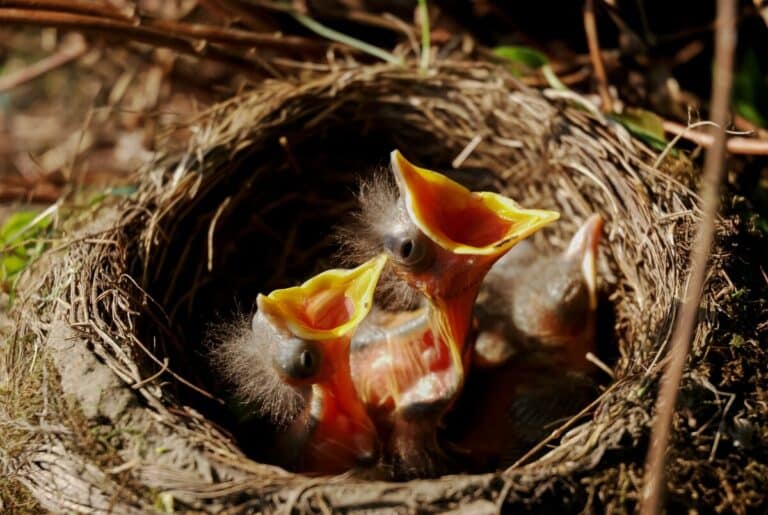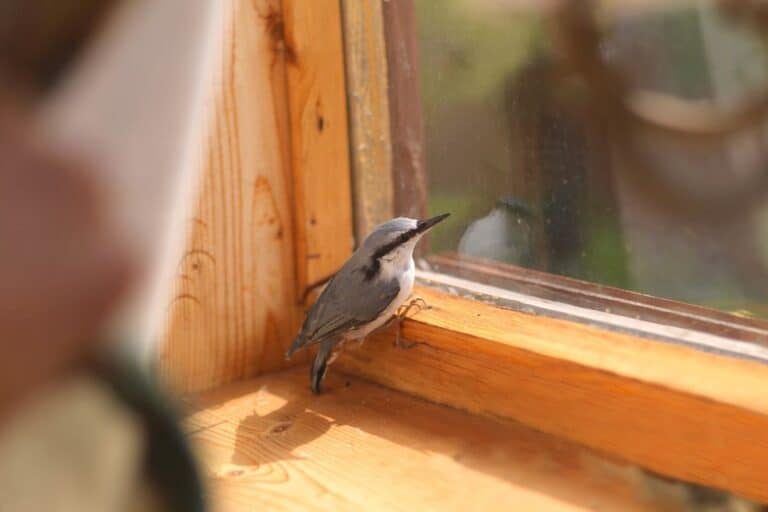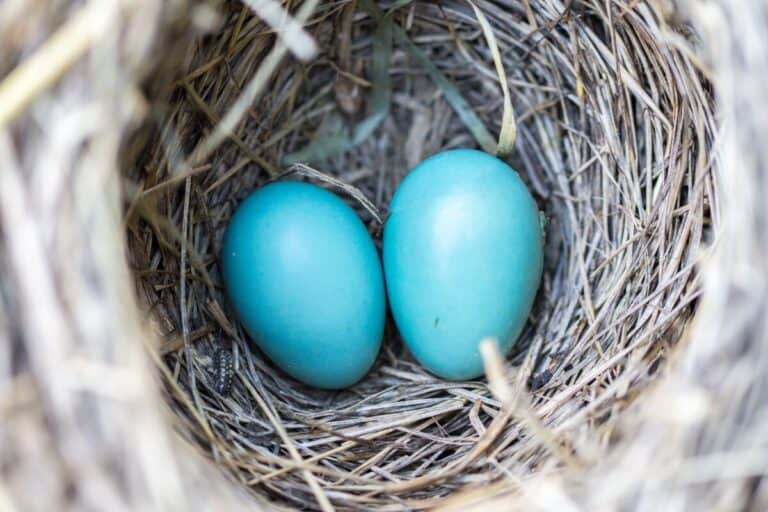4 Ways Birds Know When To Return After Winter (Proven!)
We’re reader-supported; we may earn a commission from links in this article.
Our beloved birds start migrating before winter and arrive back after winter, but have you always wondered how they know when to come back? As I was always intrigued by how birds do this almost mysteriously, I did in-depth research online and came up with some answers!
Birds know when to come back after winter using these few cues: (1) Photoreceptors in their brain that tell the photoperiod, (2) Environmental cues, (3) Social Cues (4) Being fully prepared.
Now that you know the factors that tell birds to come back after winter, it can be more intriguing to learn more on the specific mechanisms and examples. Read on to find out more!
Factors That Tell Birds To Come Back After Migration
Looking back into history, this question has baffled many famous thinkers in the past, including Aristotle. He previously suggested that birds even begin to change species with the seasons, with examples like redstarts changing into robins and garden warblers into blackcaps.
Some scientists in the past have also taken to hibernation as a possible bird response to cope with winter. Though this may sound crazy, with the lack of information sharing the previous generations, these were their best guesses.
In our current information age, there have been a few theories on how birds know when they are supposed to begin migration. As of now, migration is regarded as an instinct with still many mysterious yet to be solved. However, in recent times, there have been some advances on how birds know when to migrate.
1) Photoreceptors in their brain
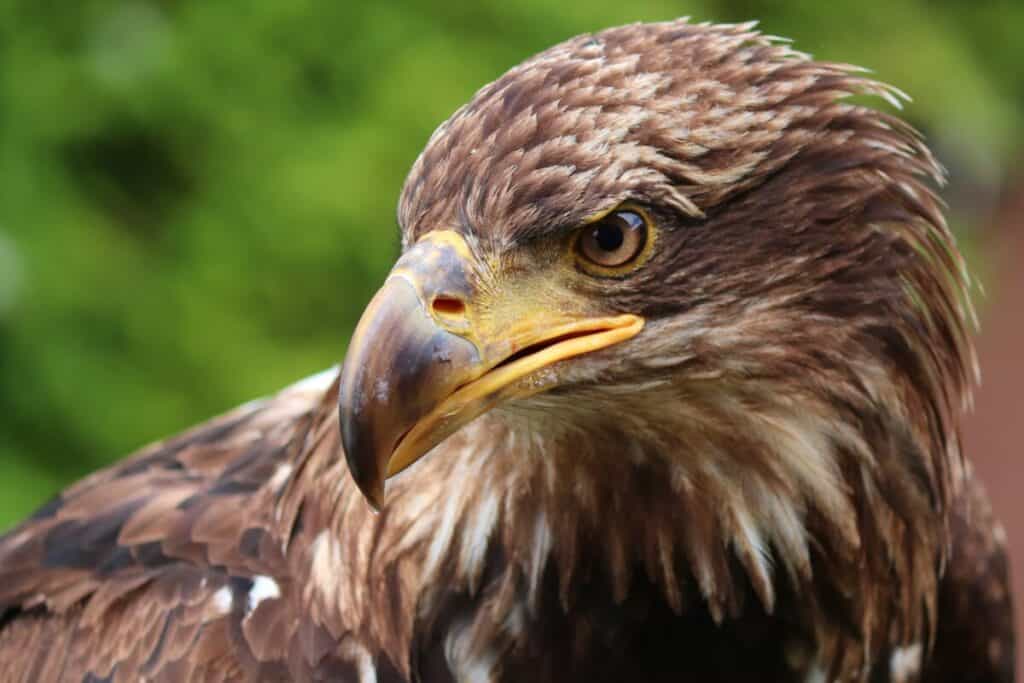
Some research scientists have discovered how some photoreceptors in the bird’s brain receive a response to light during the day.
This sensing of light during the day gives the birds an idea of the decreasing of sunlight hours in the fall. In layman’s terms, this is the internal clock that governs a bird’s instinct of the light around them.
When this happens, some birds have been shown to begin hormonal changes that trigger them to start molting and eating more food to prepare for their long haul flight.
Bobolinks are known to increase their food intake by 40% before they begin their flights.
Some articles suggest that the bird’s photoperiod (internal clock) controls melatonin, a hormone, that may overlap with other hormones in a day cycle. This is suggested to produce a migration response.
2) Environmental Cues
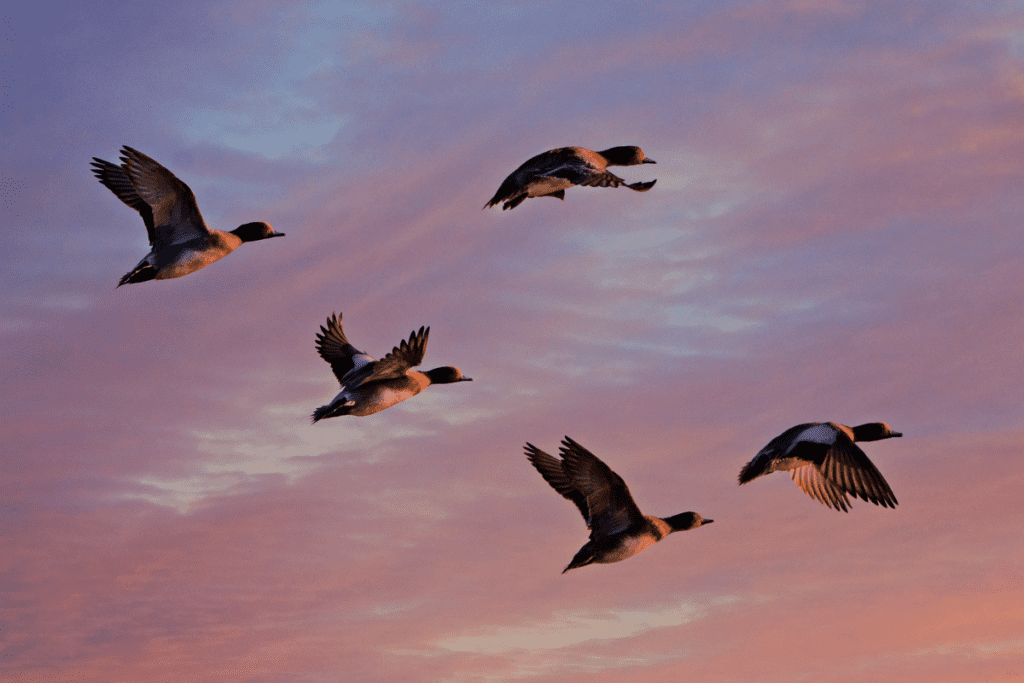
While many only believe that birds only rely on an internal clock for the timing for migration, birds also take in environmental cues! Let’s look at the different types.
Weather (Wind, Rain, Air pressure)
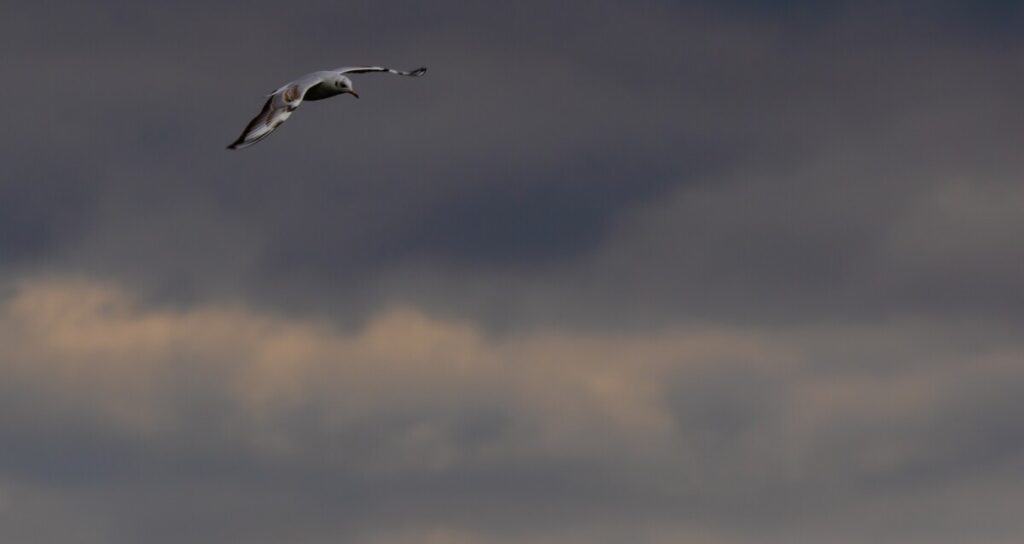
Typically, birds would only take off for migration if the weather is good for flying. For instance, birds, in particular, will wait for tailwinds in their preferred directions.
This is particularly important as it will require less energy to perform the energetically-taxing takeoff that birds do when they start their migration journey. If there is a thunderstorm or rain in the area, then birds will be discouraged from doing it as it will take more resistance to depart.
For example, the Swainson’s thrush will only make decisions to depart at a high daily temperature of more than 68 degrees Fahrenheit and at low wind speeds at less than 6 miles per hour. Should both of these conditions not be fulfilled, then the bird will not take off.
In predicting when is a good time to take off without rain or a thunderstorm, birds can sense air pressure changes before it happens. If a bird senses that the air pressure drops, it will delay its departure.
Temperature
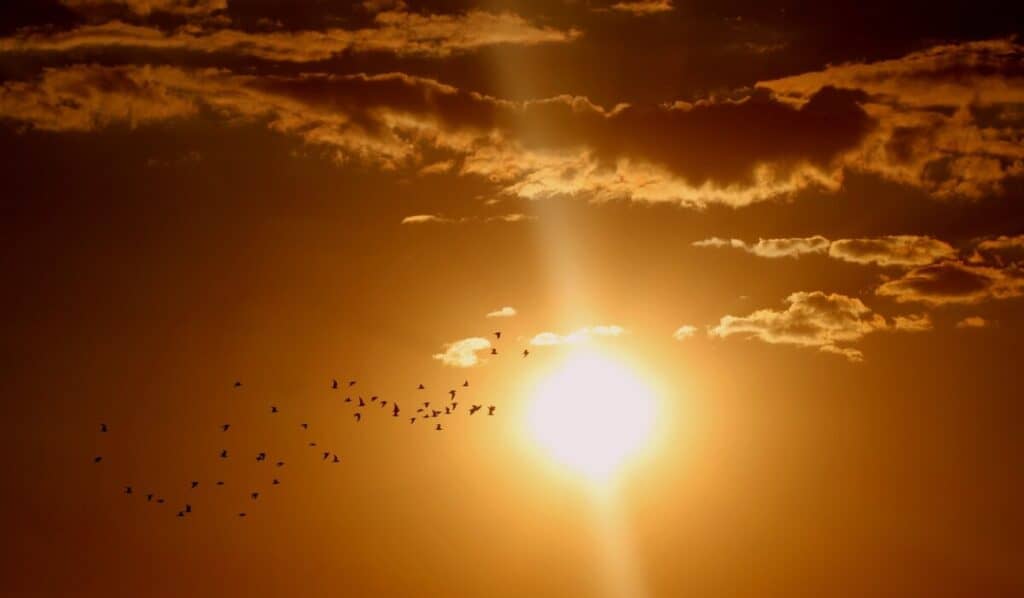
Migratory birds are known to be triggered by the dropping temperatures that begin in the fall.
These birds will sense a colder environment, which urges them to move to a hotter climate before winter comes around. To return to their original homes, they follow increasing temperatures to move back home.
3) Social Cues
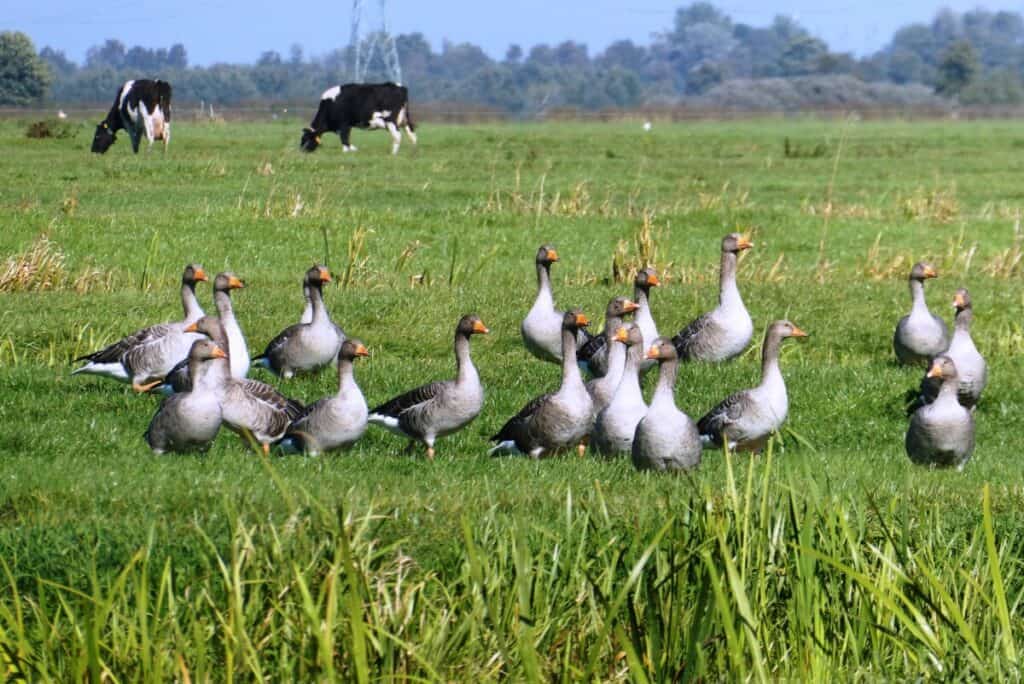
Birds typically also follow their parents and their flock in their preparatory work for the migration season. If birds pick up social cues on other birds taking off for migration, they will be compelled to do so in their respective social contexts.
4) Being Fully Prepared
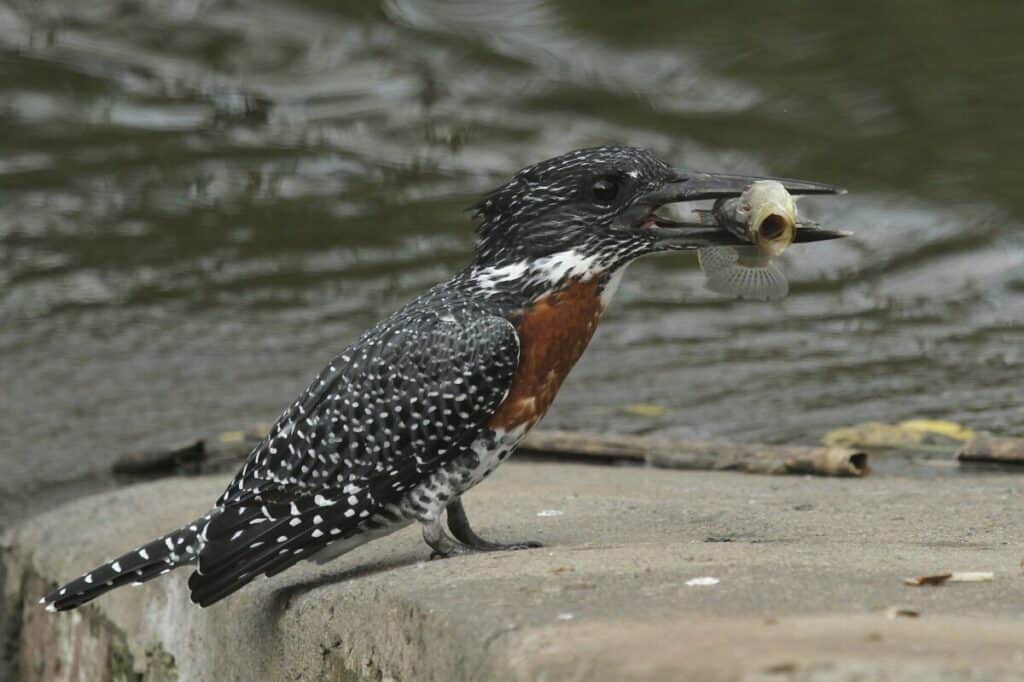
Birds are typically ready for their takeoff when they are physiologically enhanced and ready to do so.
For example, birds will begin their natural preparatory processes that are stimulated in their bodies before they begin their flight such as an increase in flight muscles at the expense of their leg muscles and an increase in the size of digestive and metabolic organs so that they can store up more food.
Birds will perform preparations by eating more to accumulate body stores so that they have enough energy until they hit their destination migration stopovers.
Final Thoughts
Now you know how birds feel the urge to migrate and to return from their warmer climates after winter! Although the external factors may be many, scientists still believe that the photoreceptors in the bird’s brains that receive photoperiod and daylight time are the biggest factor.
Hope you have been well educated on this subject and that my research helped! Happy birding!
My Recommended Birding Resources:
Hey there, Justin here!
Here’s a list of all my favorite resources, products, and brands I trust and love.
My Celestron Nature DX 8×42 Binoculars: It’s a great budget pair for beginner birders. Highly valued for its price! Read my review.
Safe Paint for Bird Baths Guide: Learn about non-toxic paint for painting bird baths.
Safe Sealers for Bird Baths Guide: Learn which sealers are safe for bird baths.
Safe Paint for Bird Feeders Guide: Learn what special care needs to be taken to paint bird feeders with the right paint.
Safe Paint for Birdhouses Guide: Learn about non-toxic paint for painting birdhouses. (Not the same as bird baths!)
Bird Identification Apps Guide: 2 of my favorite birding apps are Merlin Bird ID, and eBird Mobile! Merlin is great for tracking and identifying birds, and eBird Mobile is great for tracking the birds sighted when birding.
Check out my resources page for the full list of resources I recommend!
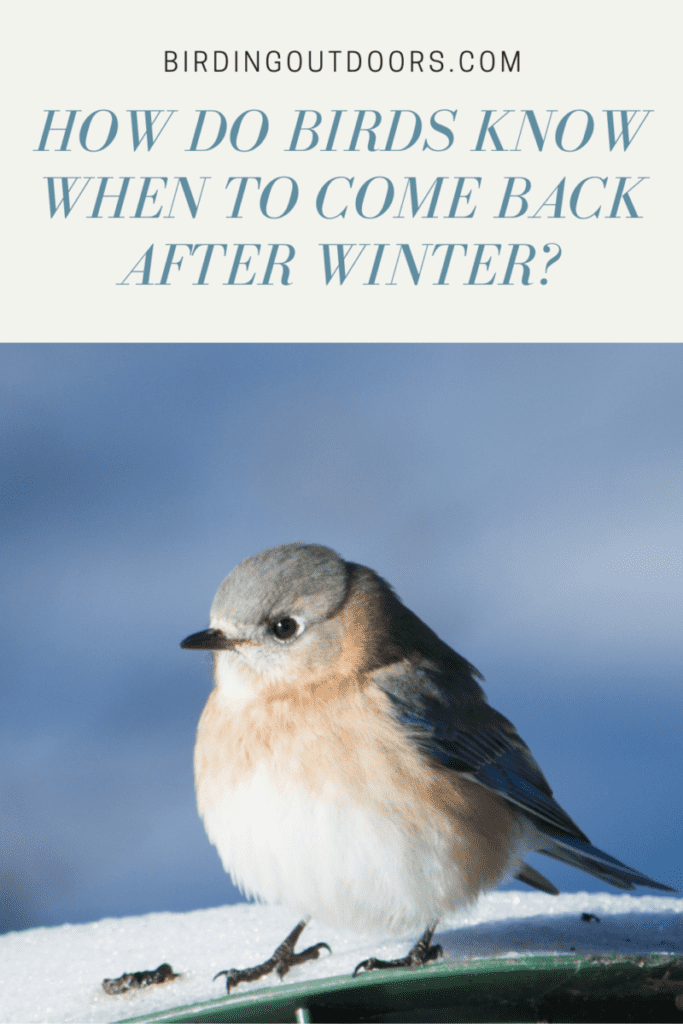

Justin Chia
Justin is the founder and author of Birding Outdoors. He is a Nanyang Technological University (NTU) alumnus with a Bachelor of Biological Sciences and a former data analyst.
Now, Justin runs the Birding Outdoors blog full-time, hoping to share his deep love for birds, birding, and nature with others.
To unwind, Justin enjoys gaming and reading.

